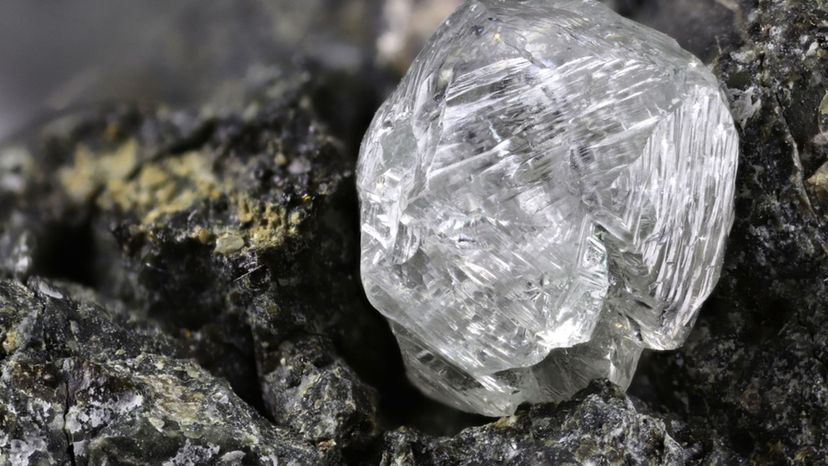
About This Quiz
In 1869, Dmitri Mendeleev published a table after completing work which was previously done by scientists Antoine-Laurent de Lavoisier and John Newland. This table was made up of an arrangement of chemical elements which were organized based on chemical properties, atomic number and their electron configuration.
There are 118 elements which have been placed in a grid consisting of rows called periods and columns called grids. The elements are also presented in order of increasing atomic number. These elements can all be found on Earth, some in larger numbers than others, 94 of which are naturally occurring and the remaining 24 being synthesized.
Many of the elements constitute much of the matter not only found in the universe, but also in the items we find in our day-to-day life. Many of them can be chemically combined to form many compounds while others are used as is. Some of the most popular elements include oxygen, nitrogen, silver, gold, carbon and copper.
If you were given images of some of the popular elements, would you be able to match the name to the picture? Not many people can, so will you defy the odds? There is only one way to find out, and that is by taking this quiz!
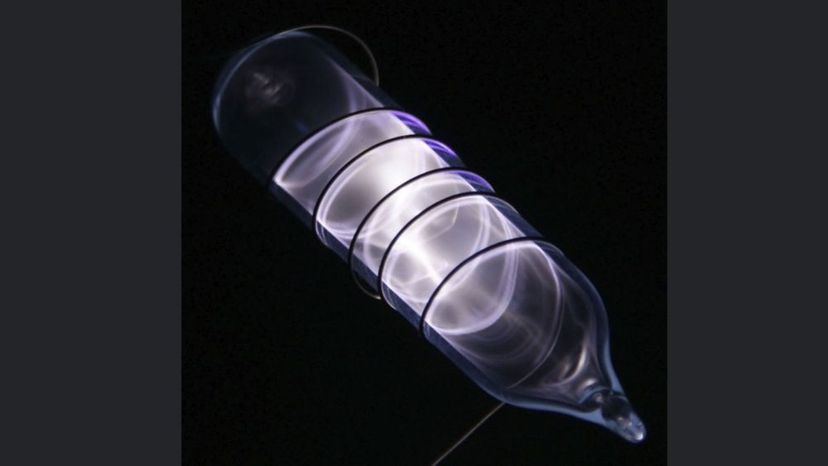
Krypton, represented by the symbol Kr and atomic number 36, is an odorless and colorless gas which can be found in trace amounts in the atmosphere. It can be found in combination with other gases in fluorescent lamps as well as in MRIs for imaging.

Oxygen, represented by the symbol O and the atomic number 8, is the third-most abundant element in the universe. Diatomic oxygen makes up 20% of the Earth’s crust and it is used for a variety of processes including cellular respiration. Regular oxygen is also a component of water.

Neon, represented by the symbol Ne and the atomic number 10, is a colorless gas which is known for giving off a distinctive reddish-orange glow in low-voltage neon glow lamps and as such is used in advertising signs, as well as in refrigerant applications.
Advertisement
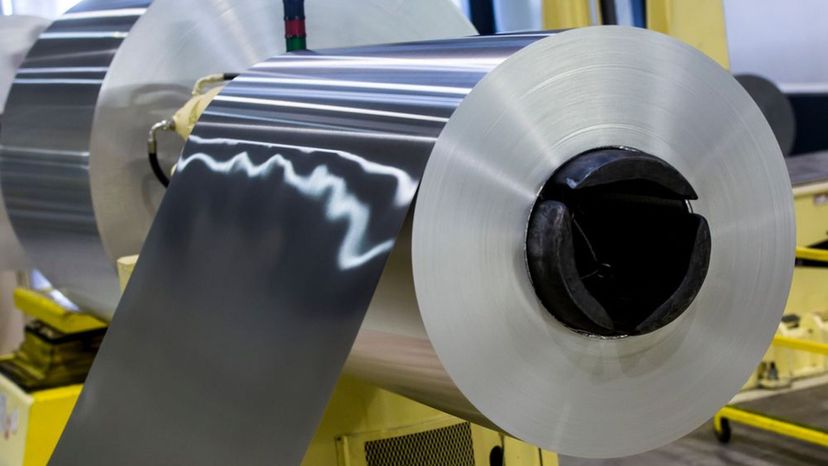
Aluminum, represented by the symbol Al and the atomic number 13, is a silvery-white ductile metal which makes up approximately 8% of the Earth’s crust. It is very widely used, with global production exceeding 50 million tons in products including transportation, construction and packaging.
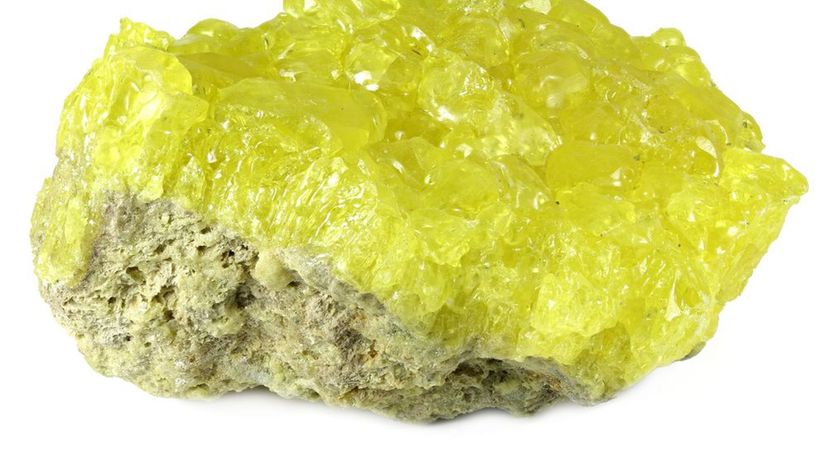
Sulfur, represented by the symbol S and the atomic number 16, is an abundant nonmetallic element which is known for its unique rotting egg smell (caused by hydrogen sulfide) and for its uses in insecticides, fertilizers, matches and sulfuric acid.
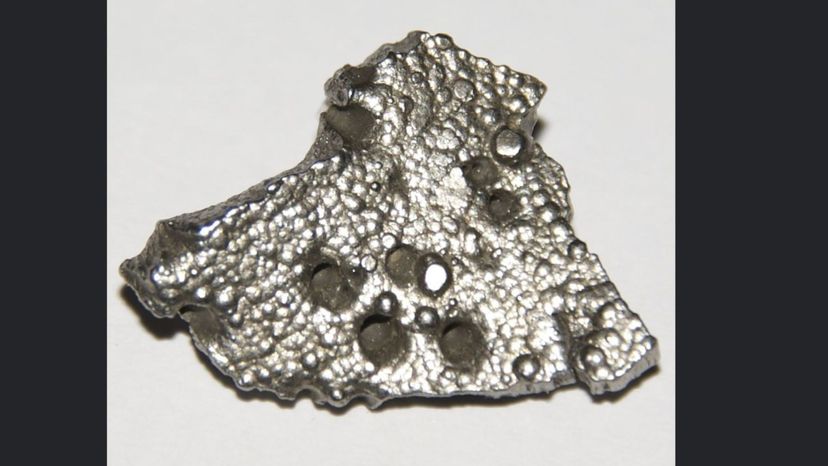
Cobalt, represented by the symbol Co and the atomic number 27, is a hard and lustrous metal which can be found in the Earth’s crust. Cobalt-based pigment is blue in color and has been used as a dying agent from ancient times.
Advertisement
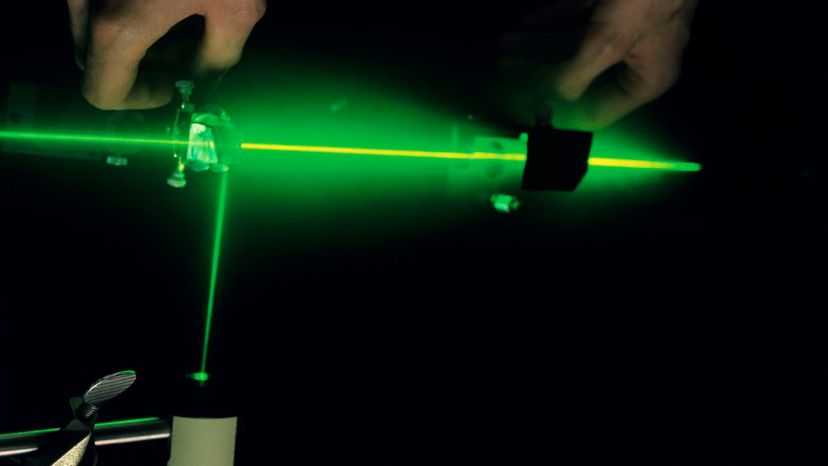
Argon, represented by the symbol Ar and the atomic number 18, is the third most abundant noble gas in the Earth’s crust. It has a number of applications including being used in cryoablation of cancer cells, as a preservative to displace oxygen in packaging and to inflate dry suits during scuba diving.
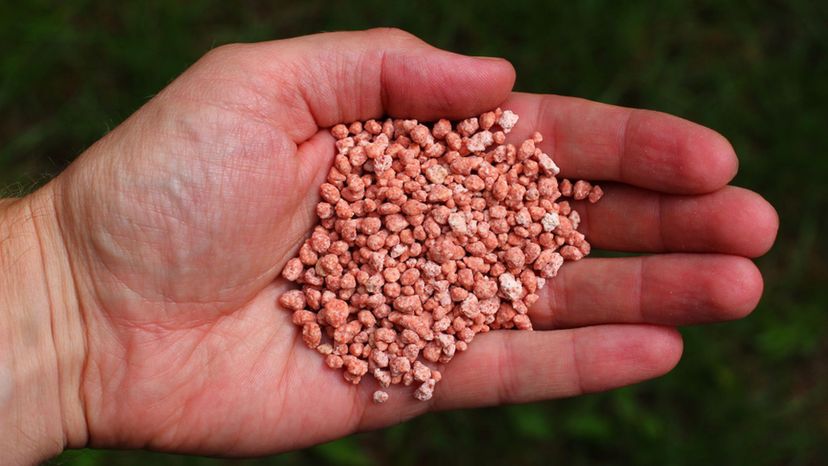
Phosphorus, represented by the symbol P and the atomic number 15, is a chemical element which is essential for life as it is a component of DNA, RNA, ATP and phospholipids. This element is used in detergents, fertilizers and pesticides.
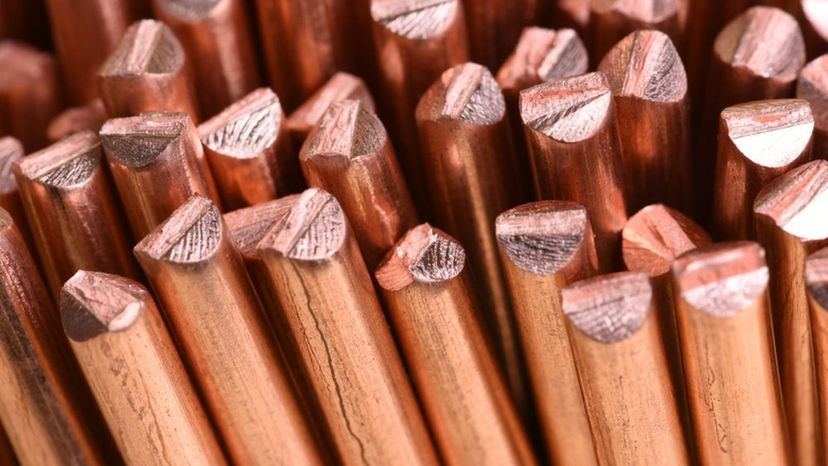
Copper, represented by the symbol Cu and the atomic number 29, is a very malleable and ductile metal which is known for having a reddish-orange color. It has a number of applications, some of which include being used in coins, electrical wiring and industrial machinery.
Advertisement
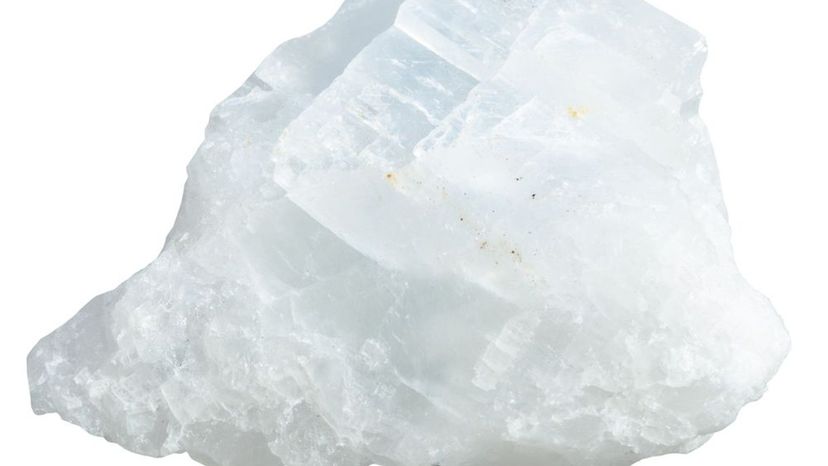
Magnesium, represented by the symbol Mg and the atomic number 12, is one of the most abundant elements in the Earth’s crust. It is an essential element in the human body and is needed for over 300 enzymes. Its compounds are also used medicinally in laxatives and antacids.
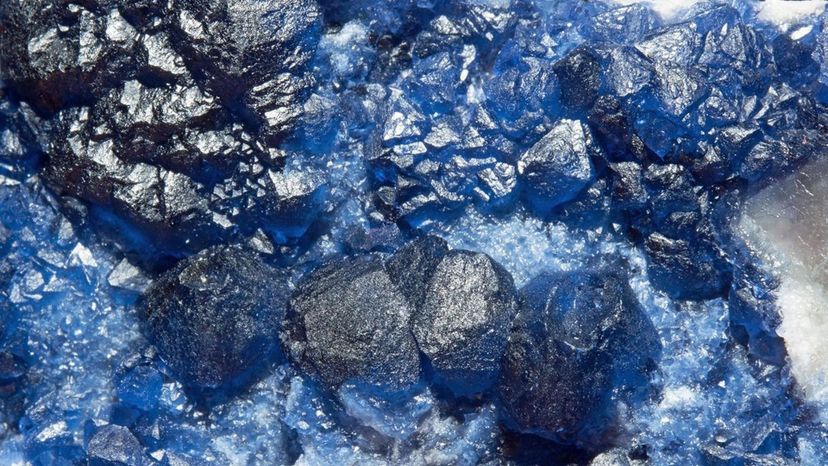
Fluorine, represented by the symbol F and the atomic number 9, is a chemical element and the lightest of all the halogens. It is used primarily in steelmaking, making refrigerants, electrical insulation and cookware, and water fluoridation.
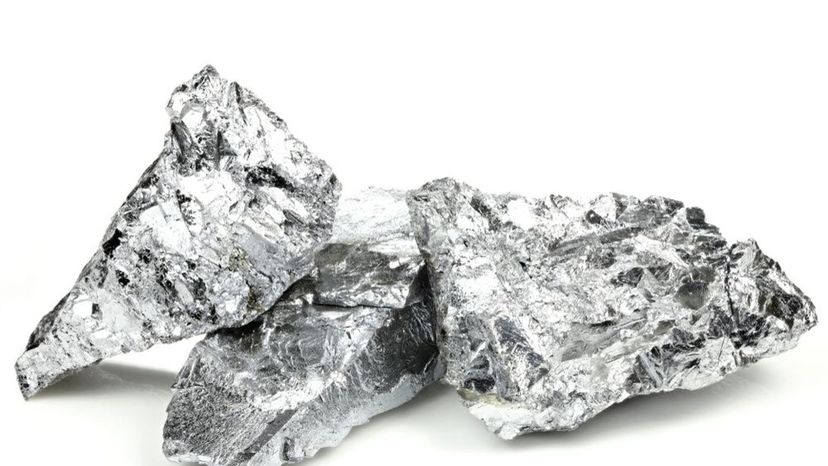
Chromium, represented by symbol Cr and the atomic number 24, is a highly corrosion-resistant metal which is used primarily in stainless steel and chrome plating. It is also used as a dye and pigment, catalyst and wood preservative.
Advertisement
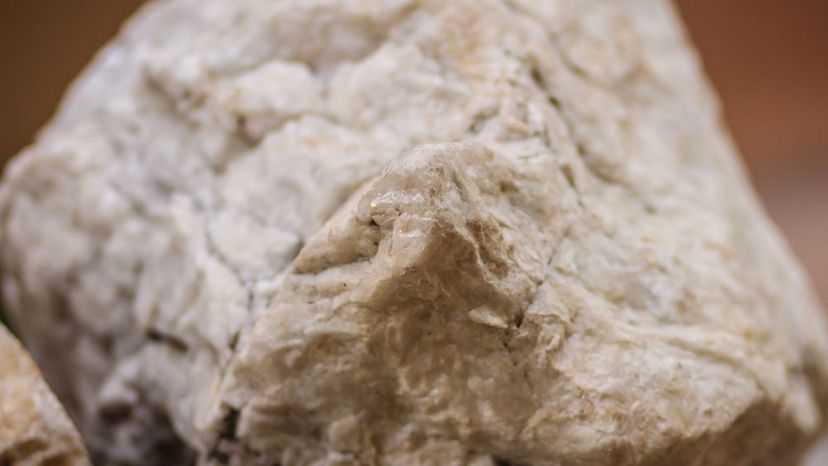
Barium, represented by the symbol Ba and the atomic number 56, is an alkaline earth metal known for its high chemical reactivity. They have been used in rodenticides, vacuum tubes and as a component in barium sulfate.
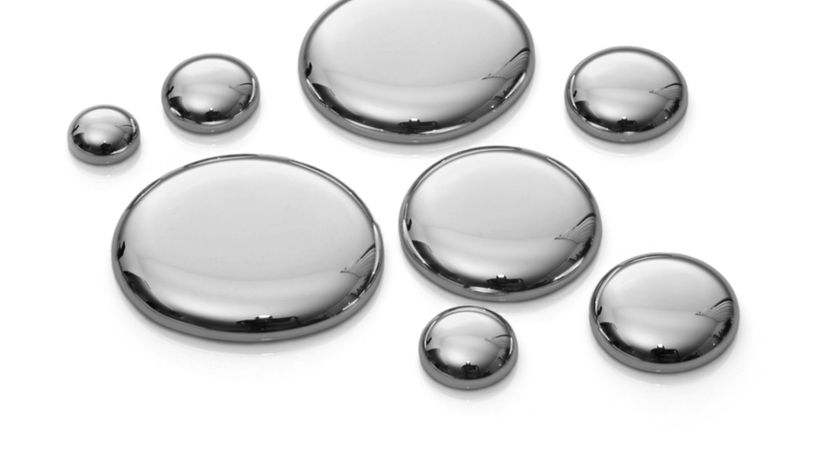
Mercury, represented by the symbol Hg and the atomic number 80, is a chemical element which is known for being the only metallic element that is liquid at standard conditions for temperature and pressure. It is used in thermometers, barometers and other devices.
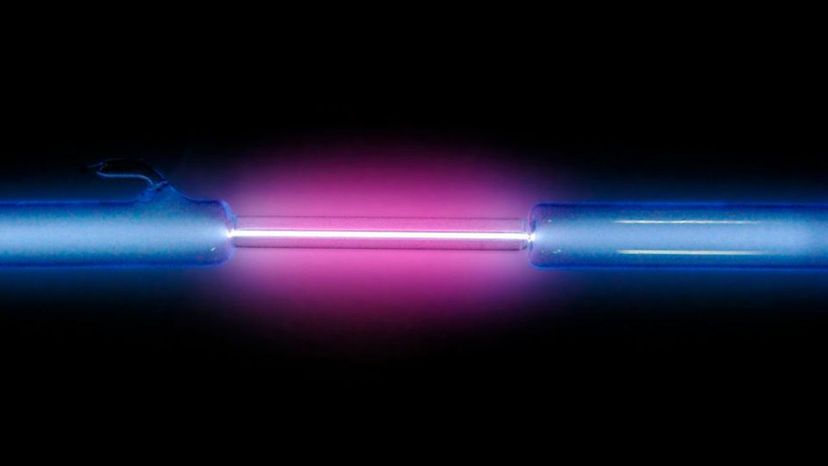
Hydrogen, represented by the symbol H and the atomic number 1, is the lightest chemical element and the most abundant in the universe in its monoatomic form. It has a number of uses, some of which include as a coolant in generators and in many biological reactions.
Advertisement
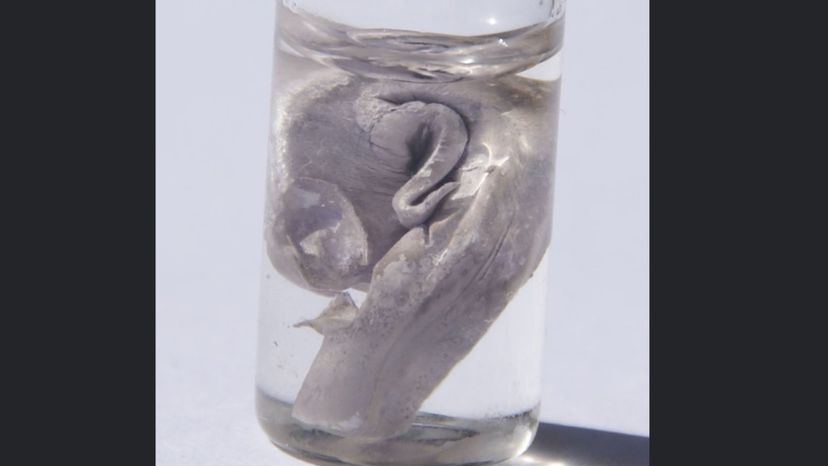
Sodium, represented by the symbol Na and the atomic number 11, is a highly reactive metal and the sixth most abundant element in the Earth’s crust. It is an essential element in all animals, as it is a major component of extracellular fluid and the sodium-potassium pump.
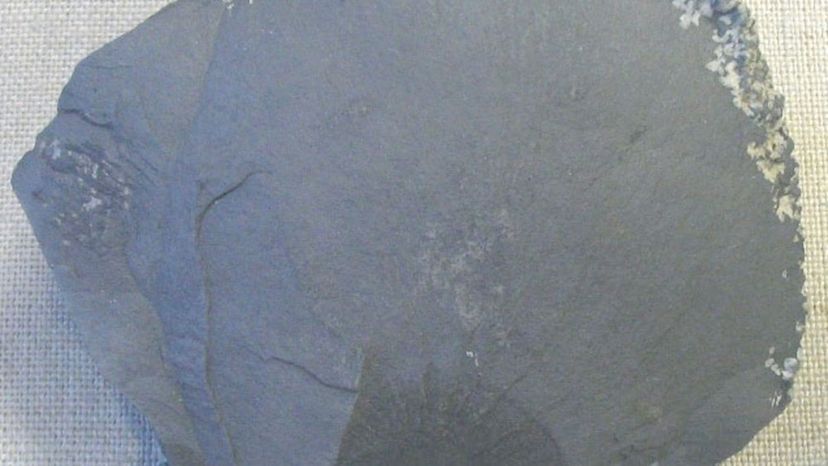
Arsenic, represented by the symbol As and the atomic 33, is a chemical element which has a number of uses including pesticides and insecticides. While it is essential for some animals, in large quantities, arsenic is poisonous to many animals, including humans.
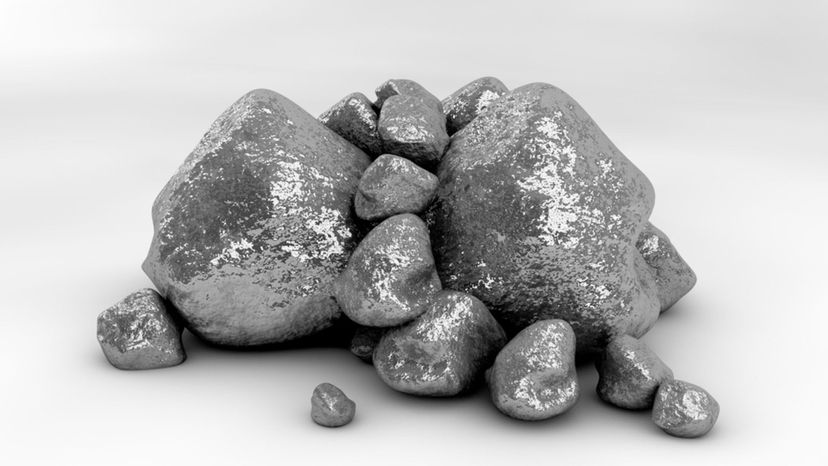
Platinum, represented by the symbol Pt and the atomic number 78, is a dense and ductile metal and one of the rarer elements in the world’s surface. It is one of the least reactive metals which is used as a catalyst in chemical reactions, as well as in thermometers and dentistry equipment.
Advertisement

Lead, represented by the symbol Pb and the atomic number 82, is a heavy metal which is known for having a high density, ductility and low melting point, which is why it is used in construction, plumbing, weights and bullets.
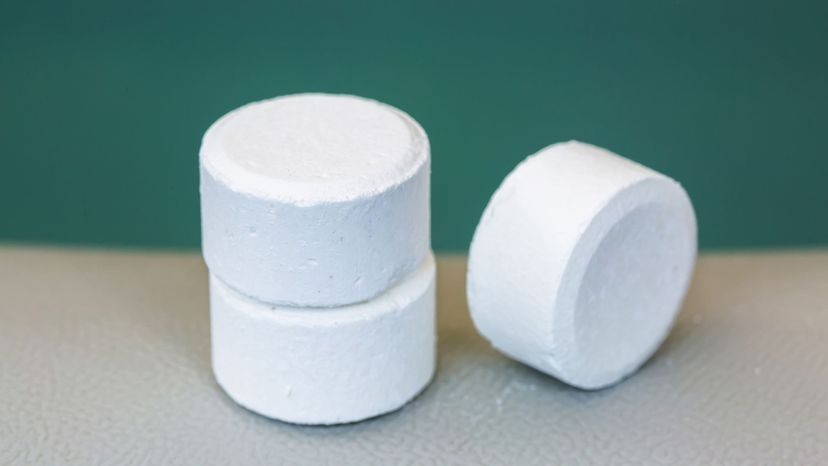
Chlorine, represented by the symbol Cl and the atomic number 17, is a chemical element which has a number of uses including in bleaches and disinfectants, plastic production and swimming pool sanitation. Its most common compound is sodium chloride (salt) which can be found abundantly in nature which has a number of uses. In human life.

Iodine, represented by the symbol I and the atomic number 52, is a heavy halogen which is known for its purple-black color. It is the least abundant of the halogens, but it is essential to human life as it is required to synthesize the thyroid hormones.
Advertisement
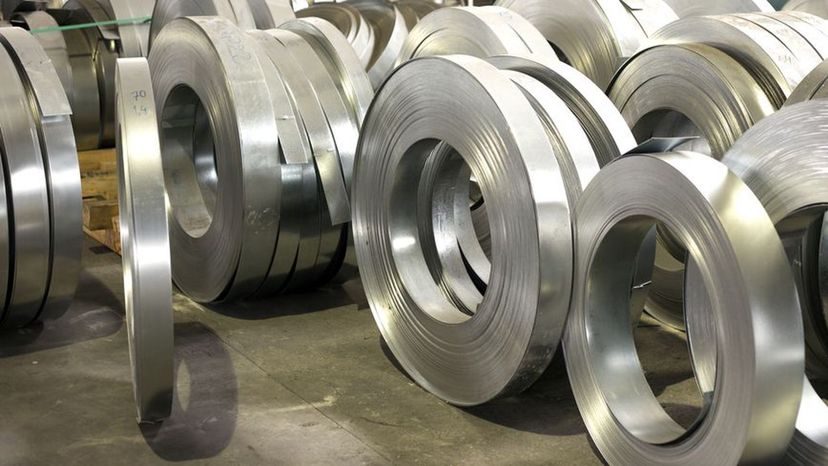
Tin, represented by the symbol Sn and the atomic number 50, is a chemical element which is used in solders, brass and bronze alloys as well as to tin plate compounds in order to prevent corrosion.
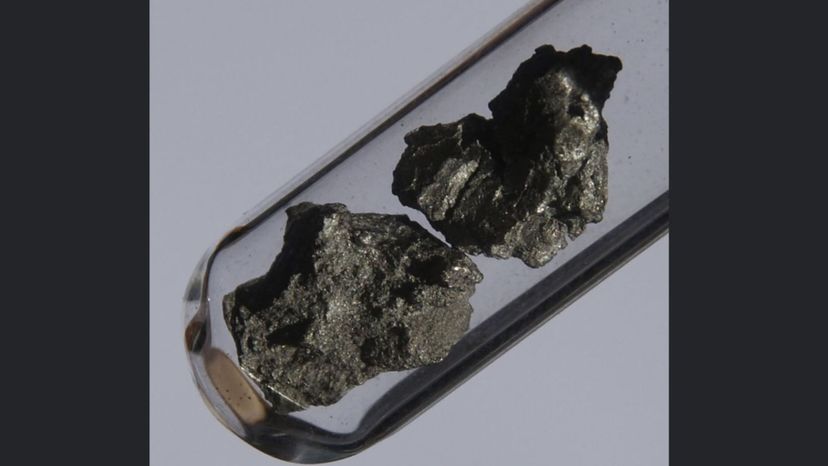
Zirconium, represented by the symbol Zr and the atomic number 40, is a shiny transitional metal which is mainly used as a refractor, opacifier and for its corrosion-resistant qualities. Zirconium is also used in prosthetic devices and dental implants.

Helium, represented by the symbol He and the atomic number 2, is a colorless, tasteless and the second lightest element in the universe. Liquid helium is used in cooling superconducting magnets and MRI scanners. It is also used as a lifting gas.
Advertisement
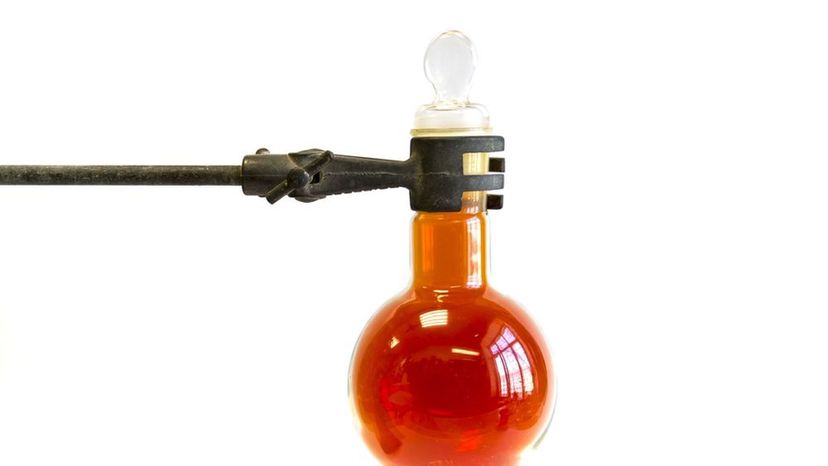
Bromine, represented by the symbol B and the atomic number 35, is a chemical element which is used either alone or in combination with other compounds in things like gasoline, pesticides, general sedatives and photographic emulsions.
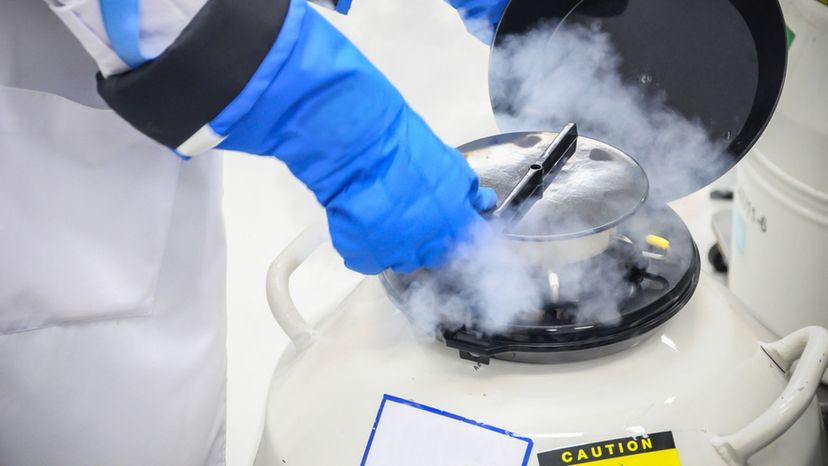
Nitrogen, represented by the symbol N and the atomic number 7, is a chemical element which is known for making up most of the Earth’s atmosphere. It also occurs in all living organisms primarily as a component of nucleic acids in DNA and RNA.
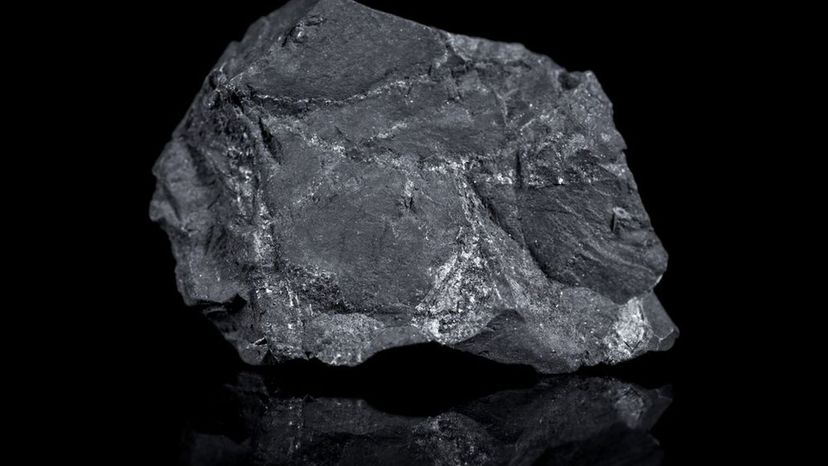
Carbon, represented by the symbol C and the atomic number 6, is an element which has a number of applications including forming alloys with other elements making steel, in items like charcoal, in electrodes for batteries and pigments.
Advertisement
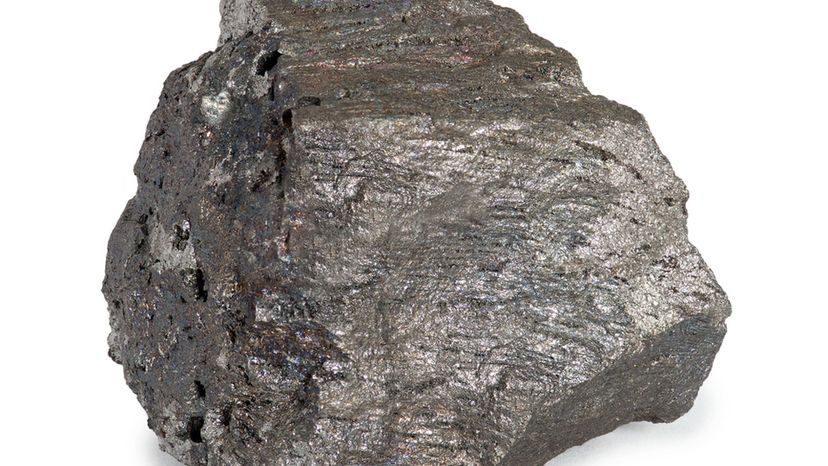
Iron, represented by the symbol Fe and the atomic number 26, is the most common element on Earth by mass, and it forms much of the outer and inner cores of the earth. It is the most widely used metal and it also plays a role in biological functions.
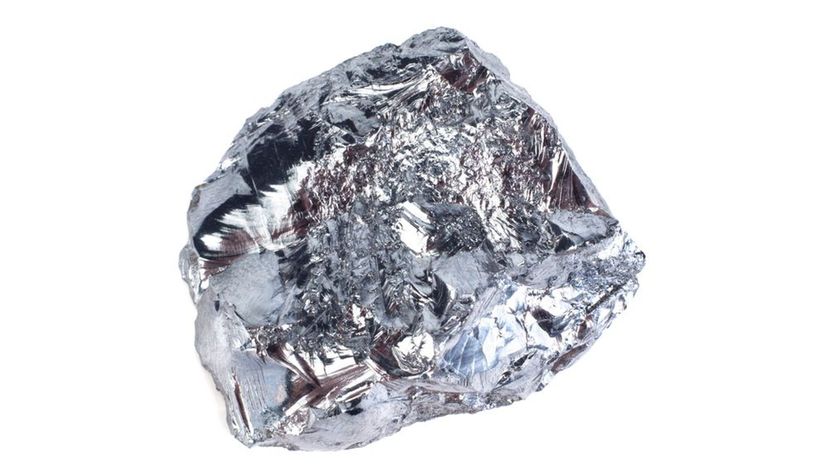
Silicon, represented by the symbol Si and the atomic number 14, which is known for having very high melting and boiling points. It is typically used in waterproofing, explosives and pyrotechnics, in breast implants and contact lenses and molding compounds.

Xenon, represented by the symbol Xe and the atomic number 54, is an odorless noble gas which can be found in trace amounts in earth’s atmosphere. It is used in flash lamps, in general anesthesia and as a propellant for ion thrusters.
Advertisement
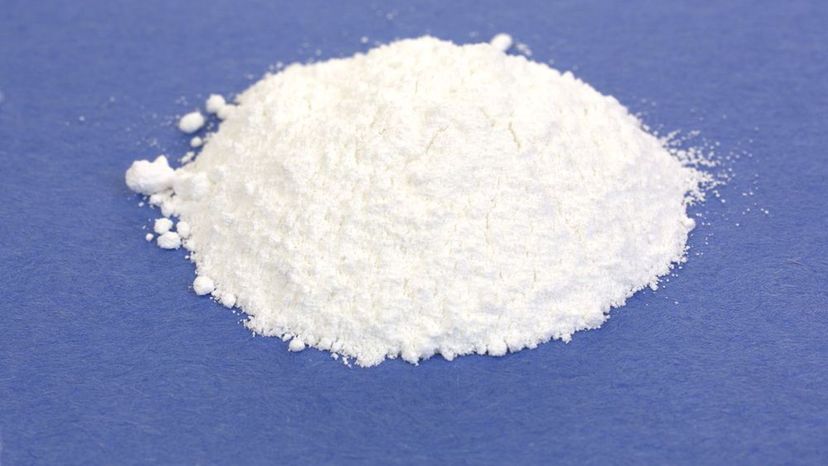
Calcium, represented by the symbol Ca and the atomic number 20, is one of the most abundant metallic elements in the human body. It is used in a number of processes including signal transduction, neurotransmitter release, bone formation, fertilization and in muscle contraction.
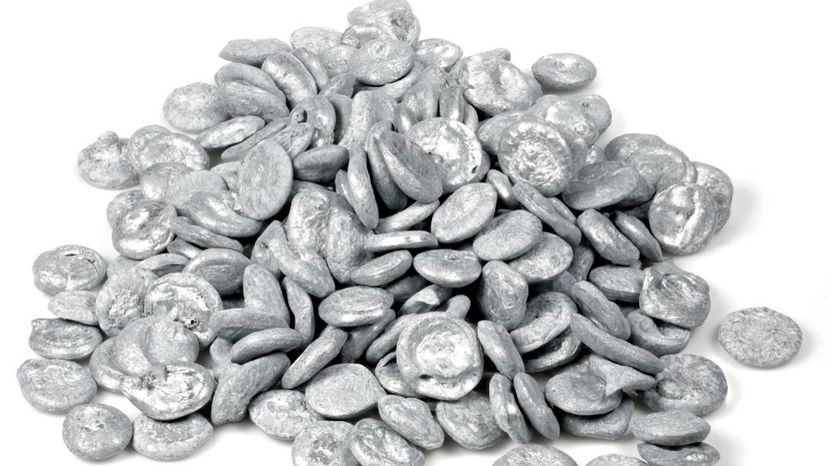
Zinc, represented by the symbol Zn and the atomic number 20, is a chemical element which also happens to be an essential mineral. It has a number of applications including as an anti-corrosion agent, in galvanizing, as a brass and bronze alloy and in various pigments.
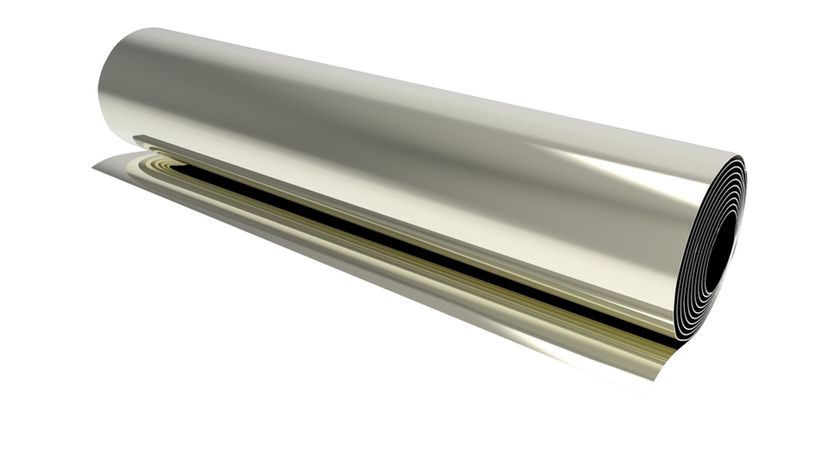
Nickel, represented by the symbol Ni and the atomic number 28, is a silvery-white metal which is used globally in stainless steel appliances, nonferrous alloys, electroplating as well as in magnets, batteries, guitar strings and plumbing fixtures.
Advertisement

Boron, represented by the symbol B and the atomic number 5, is a chemical element which has been produced by cosmic ray spallation. It is used primarily in chemical compounds such as bleach, fiberglass, polymers and ceramics.

Silver, represented by the symbol Ag and the atomic number 47, is a transitional metal which exhibits high electrical conductivity. Like gold, it is also a precious metal which has been used in solar panels, tableware and utensils, water filtration and to make coins.
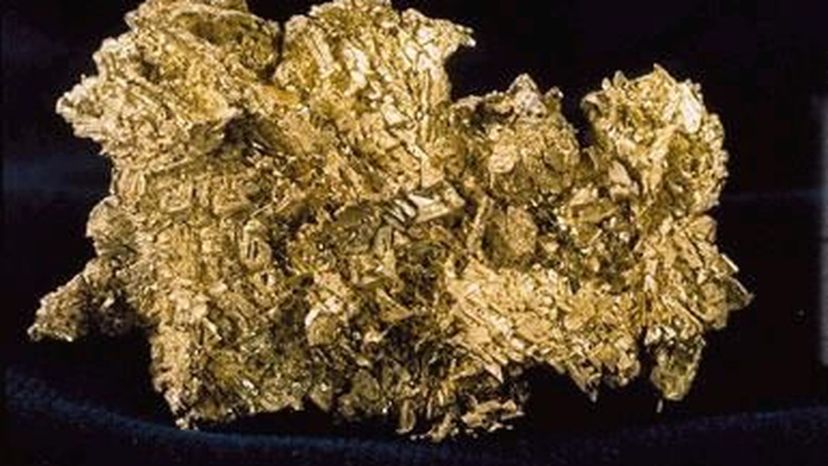
Gold, represented by the symbol Au and the atomic number 79, is a chemical element which occurs naturally in the earth. It is a precious metal which has been used primarily as a form of jewelry, to make coins and in electronics.
Advertisement

Tungsten, represented by the symbol W and the atomic number 74, is a rare metal which is mainly used to produce tungsten carbide. It is also used to make steel, other metallic alloys and as a high-temperature lubricant.
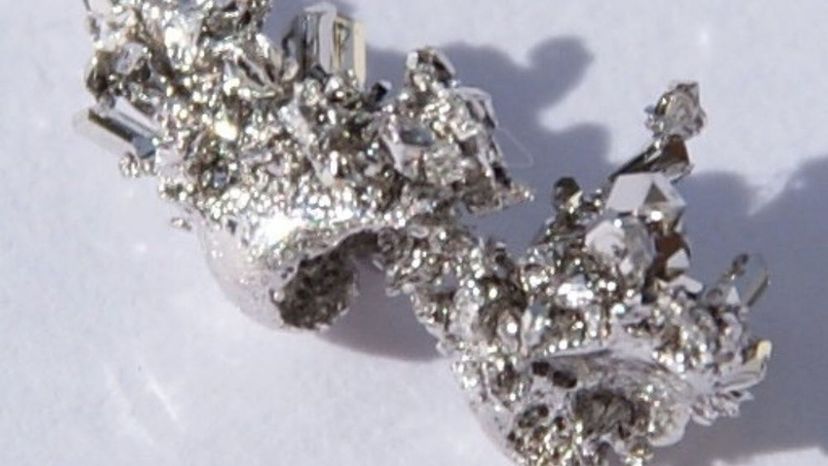
Palladium, represented by the symbol Pd and the atomic number 46, is a rare metallic element which is mostly used in catalytic converters which convert the harmful gases in automobile exhaust into less toxic substances. It also has applications in dentistry, jewelry and the treatment of groundwater.